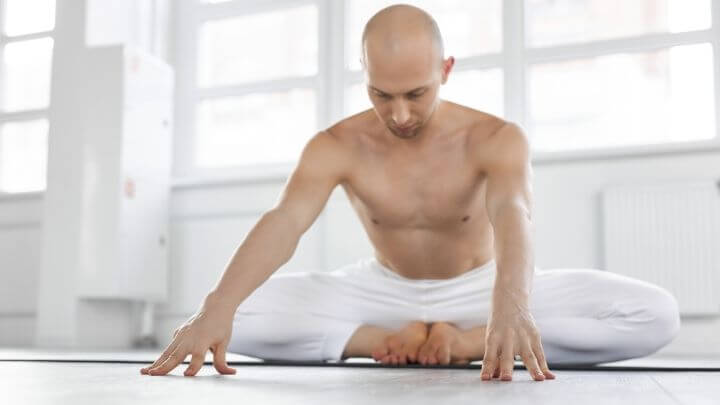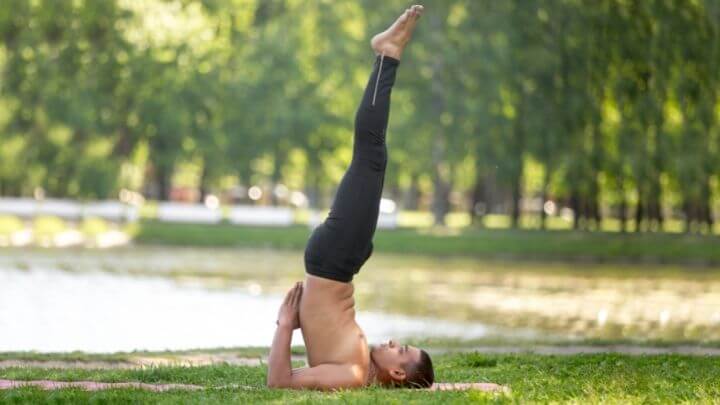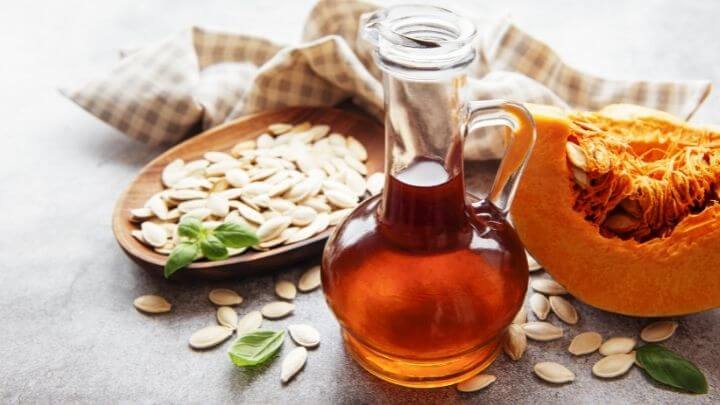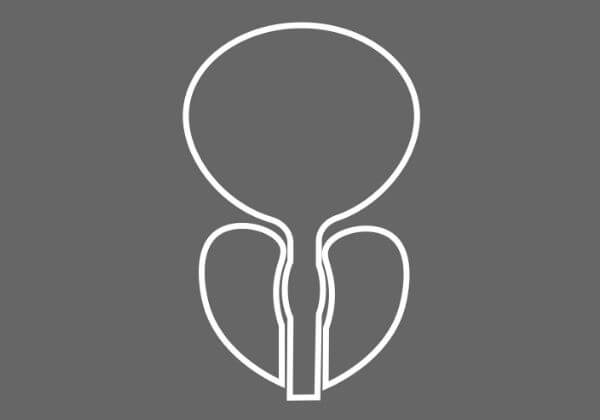The prostate continues to grow as a part of normal aging, and because of the anatomical position of this gland, reproductive and urinary tract function can be impacted. There is no getting away from the aging process, but with regular exercise, you can help support prostate health and reduce occasional urinary issues associated with normal aging.
As part of a healthy lifestyle, regular exercise can help support prostate and urinary tract health. Exercise has also been shown to promote antioxidant capacity, which helps reduce typical oxidative stress to support healthy prostate cell growth and function.
Exercises For Prostate Health
Aerobic exercise and strengthening exercises like yoga may benefit prostate health, and yoga is not just for women. More men are getting on the mat, and in just four years, the number of men practicing yoga increased by 150%. Yoga can help support healthy prostate function and help reduce occasional urinary symptoms associated with normal aging.
By strengthening the pelvic floor muscles and reducing pelvic tension, yoga exercises can help support bladder health to help maintain a normal urinary schedule. Three of the best yoga poses, along with additional exercises for prostate health, are:

1. Cobbler Pose
This is a seated position that is best when done on a pillow. It helps to relieve pelvic tension, which stimulates proper blood flow and healthier prostate function. To do this pose:
♦ Sit down with your legs extended in front of them, and bend your knees to the side, placing the soles of the feet together.
♦ Clasp your hands around your feet and try to lower your knees as far as they can go, releasing any tension in the hips.
♦ Hold this position for a few minutes, then walk your hands forward.
♦ Tuck in your chin and bend forward toward your hands, breathing deeply.
♦ Relax the pose by walking the hands back toward the body and releasing your legs.
2. Bow Pose
The bow pose is a lying-down exercise that helps strengthen your abdomen, pelvic floor, and lower back to better support prostate and urinary tract function. To do this pose:
♦ Lie on your stomach, arms at either side, then lift your heels up towards your bottom, bending the knees.
♦ Reach back with palms facing upwards to grasp hold of each ankle from the inside.
♦ Kick your heels upwards while raising your head, chest, and shoulders as if trying to get your head and heels to touch.
♦ Continue looking upwards, breathing deeply into the position, holding for 30 seconds before releasing. Repeat this pose twice.

3. Shoulder Stand
As your pelvic and core muscles get stronger, this more advanced pose further helps prostate health by stimulating the muscles and nerves in the pelvic area. To do this pose:
♦ Lie down on your back, resting your head on the ground, hands resting on the ground on either side of the body.
♦ Keep your feet and legs together, and raise your legs upwards to lift your hips off the ground.
♦ Put your hands on your lower back so that eventually the hips and back are lifted, leaving just the shoulders and head on the ground.
♦ Try to keep your legs straight and in line with your hips, and breathe deeply into the pose.
♦ Hold as long as you can, up to 2 minutes, then slowly lower your legs down, keeping your back supported with your hands.
4. Kegel Exercises
In addition to these yoga poses, Kegel exercises for men can help promote bladder health. Kegel exercises can strengthen the pelvic floor muscles, which support the bladder and bowel and affect sexual function. Kegel exercises are easiest to do lying down at first, but they can be done just about anytime with practice.
♦ Tighten your pelvic floor muscles, hold the contraction for three seconds, and then relax for three seconds. (If you need help identifying your pelvic muscles, stop urination midstream. The muscles allowing you to do this are your pelvic muscles.)
♦ Try it a few times in a row and aim for at least three sets of 10 repetitions a day.
♦ As your muscles get stronger, you can try Kegel exercises while sitting, standing, or walking.
5. Aerobic Exercises
Exercises like walking, cycling, swimming, and tennis can also support prostate health. These aerobic activities help support healthy weight management, which is beneficial for prostate health and function. Regular aerobic exercise also helps maintain healthy hormone levels, thus promoting a healthy lower urinary tract.
Powerful Support For Prostate Health
An integrative approach to prostate health involves a nutrient-rich diet, regular exercise, healthy weight management, and supplemental support. When you incorporate the naturally-sourced and powerful ingredients of ProstateMD®, you can support a healthy and active lifestyle for optimal prostate health and vitality from within.

Saw palmetto has been used for centuries to help reduce typical oxidative stress and is now a prominent alternative therapy for prostate and urinary tract health. ProstateMD® uses patented USPlus®, a saw palmetto extract that contains up to three times the beta-carotene, ten times the amount of lutein, and 30 times the zeaxanthin of typical saw palmetto extracts.
This powerful saw palmetto extract is combined with a potent blend of bioavailable plant sterols, essential antioxidants, and vital minerals, including:
♦ Pumpkin seed oil, which alone and in combination with saw palmetto, helps support prostate and bladder function.
♦ Pygeum is a herbal extract that supports healthy urinary tract function.
♦ Pine bark promotes the healthy growth of prostate cells.
♦ Stinging nettle contains antioxidant compounds that help reduce typical oxidative stress.
♦ Copper is a mineral that can reduce unwanted immune responses to support healthy prostate, bladder, and urinary tract function.
With ProstateMD®, you get a targeted men’s health solution for optimal prostate, bladder, and urinary tract health.
Final Thoughts
Proactive and preventative care for your prostate can help with normal nighttime urination, urgency, and stream, all of which may have an effect on quality of life. The scientifically studied ingredients in ProstateMD® will go a long way in supporting healthy prostate function. With regular physical activity, you can promote healthy circulation to ensure these powerful nutrients are delivered to your prostate, keeping you in control of your prostate health.
Dr. Daniel Brison

Dr. Daniel Brison is a board certified urologist who completed medical school at the State University of New York, and residency at the prestigious Endourology fellowship program at UCLA.






